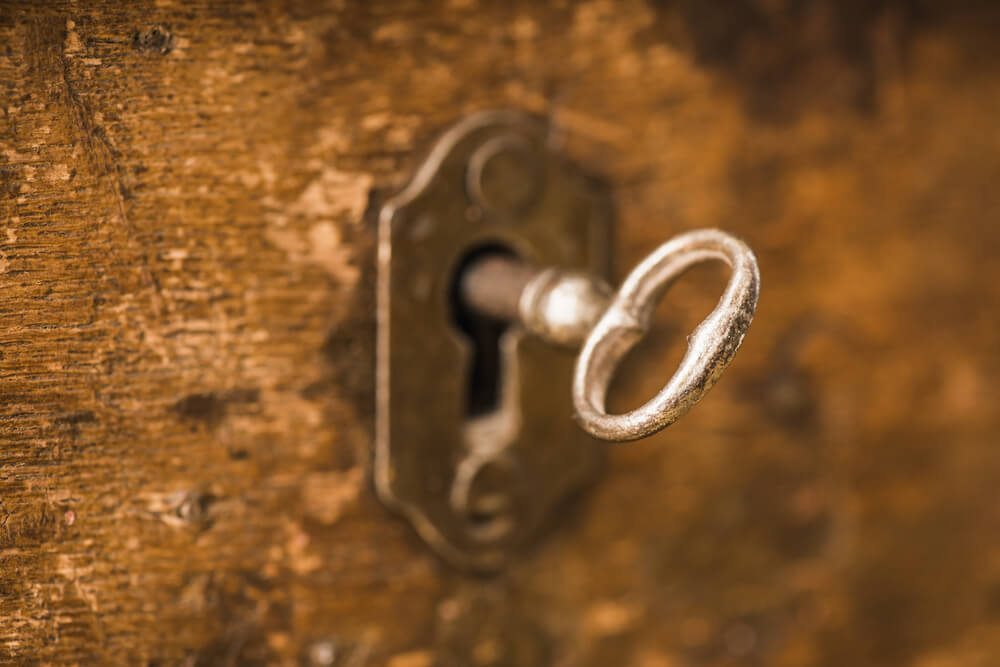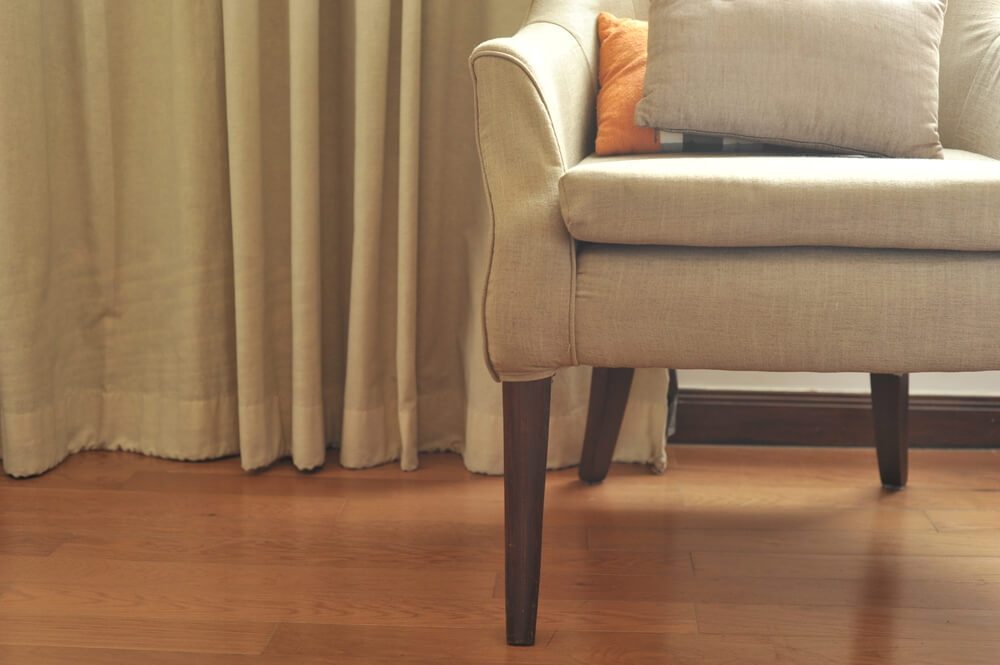Colonial homes were quite popular in Trinidad and Tobago’s first suburbs, which tell of our French architectural heritage and the influence of the French renaissance.
Notwithstanding the melting pot of cultures which each left an indelible mark, the French influence is linked to a special place, the place I called home for 18 years.
Nestled in the heart of Belmont, my childhood abode was a colonial style house called ‘Homestead’. On almost every immensely narrow street in Belmont, you would find these idyllic structures. Today, with few existing in their original state, and with others nothing more than a mere painting on a wall, I would like to share my colonial home. For me the individual design elements from the jalousie, mortise lock, attic and wooden floors gave my home its character.
Jalousie
A colonial home would not be one if not flanked with lattice work and wooden jalousie windows. I believe that jalousies were a major contributor to our ‘maccoing’ culture as Caribbean people. Lol. The best part was that you can see people passing in the road who could not see you and did not know they were being watched.
My fondest memories were as a young lady peeping through these jalousies during the wee hours of J’ouvert morning, witnessing the revelry right from my bedroom. Jumping out of sleep as the music truck rattled the house, I would look on as my neigbours pranced through the street, some with potties on their heads and others covered in mud and paint.
Mortise Lock & Skeleton Key

One of the most intriguing features of a colonial style home was the locks on the doors. These antique homes were outfitted with identical locks better known as a mortise lock. What made these locks so interesting was the key. A single key or a skeleton key as I knew it, would open any door in the house.
Once old enough to understand what a skeleton key was, it became my mission to open every door with one key, which morphed into a timed game of sorts. You can always count on children to find amusement in the simpler things in life.
The Attic

Growing up I always knew that my home was different despite being an older home. My home had something that many only saw in the movies. Incorporated in the design was an attic. The attic was a secret and well thought out addition, above the already high ceilings. This was the only part of the house that had a lower ceiling in specific parts because of its gabled roof design.
The steep stairs leading to the push-up panel door that camouflaged with the ceiling added to the suspense of what lay beyond. The attic was a haven for antiques collected over the years by my family, each with its own story. The attic was a forbidden place, but like a “harden” and inquisitive child, I would sneak up into the attic. It was dark and dusty, however it did not stop me from rummaging through the antiques like an archaeologist.
Wooden floors

Traditionally, the flooring of these homes were wood floor boards, however this did not digress from the beauty that was the original wooden floors. This brings back memories of the vibrations running through my body from using a hard floor varnishing machine. Even though it was a task, this could not compare to the sheen and of course being able to skate across the floor.
Attempting to walk discreetly often did not work out and running through the house with my brothers always sounded like a stampede. Although the floor boards were rickety in some parts, which was indicative of the age of the house, I loved it!
Appreciating my treasure
Colonial homes is just one part of Belmont’s rich history as it was also home to many free African settlers, cocoa and sugar estates and later some icons. Not to mention, it was one of Trinidad and Tobago’s first suburbs, originally called Freetown.
As I matured, I gained an appreciation for my treasured monument. Throughout my childhood and well into my teenage years, I was often greeted with remarks like “Your house is so old” or “It looks like a haunted house”. These comments played on my mind to the point where I was sometimes ashamed of my home. Like the persons who made these comments, I too did not understand the significance nor the history of my treasure.
It makes me wonder if sheer ignorance and or the age of the home was the reason behind many of its demolition. Was it really easier to build a new house rather than trying to preserve our history? How much of our history do we really know and how can we then appreciate what we do not know. Could it be the cost? Rebuilding proved to be a more economically viable option than renovating the home. Nevertheless, I must admit that there were attempts to preserve the colonial design through modern replication of this work of art. Similar homes were rebuilt using modern materials, others have captured its essence through photography and paintings.
This has taught me to never to be ashamed of where you came from because history is a journey, a story to be told.








